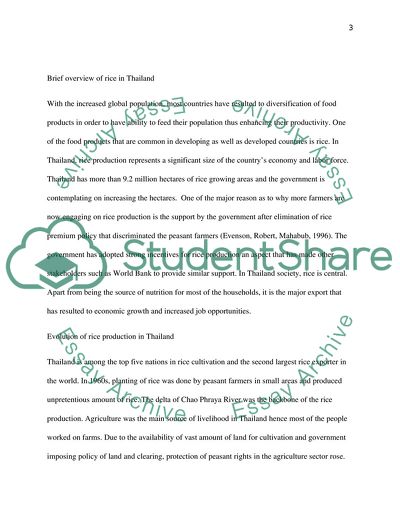Cite this document
(“Natural resources in Thailand (RICE) Assignment”, n.d.)
Natural resources in Thailand (RICE) Assignment. Retrieved from https://studentshare.org/tourism/1686892-natural-resources-in-thailand-rice
Natural resources in Thailand (RICE) Assignment. Retrieved from https://studentshare.org/tourism/1686892-natural-resources-in-thailand-rice
(Natural Resources in Thailand (RICE) Assignment)
Natural Resources in Thailand (RICE) Assignment. https://studentshare.org/tourism/1686892-natural-resources-in-thailand-rice.
Natural Resources in Thailand (RICE) Assignment. https://studentshare.org/tourism/1686892-natural-resources-in-thailand-rice.
“Natural Resources in Thailand (RICE) Assignment”, n.d. https://studentshare.org/tourism/1686892-natural-resources-in-thailand-rice.


